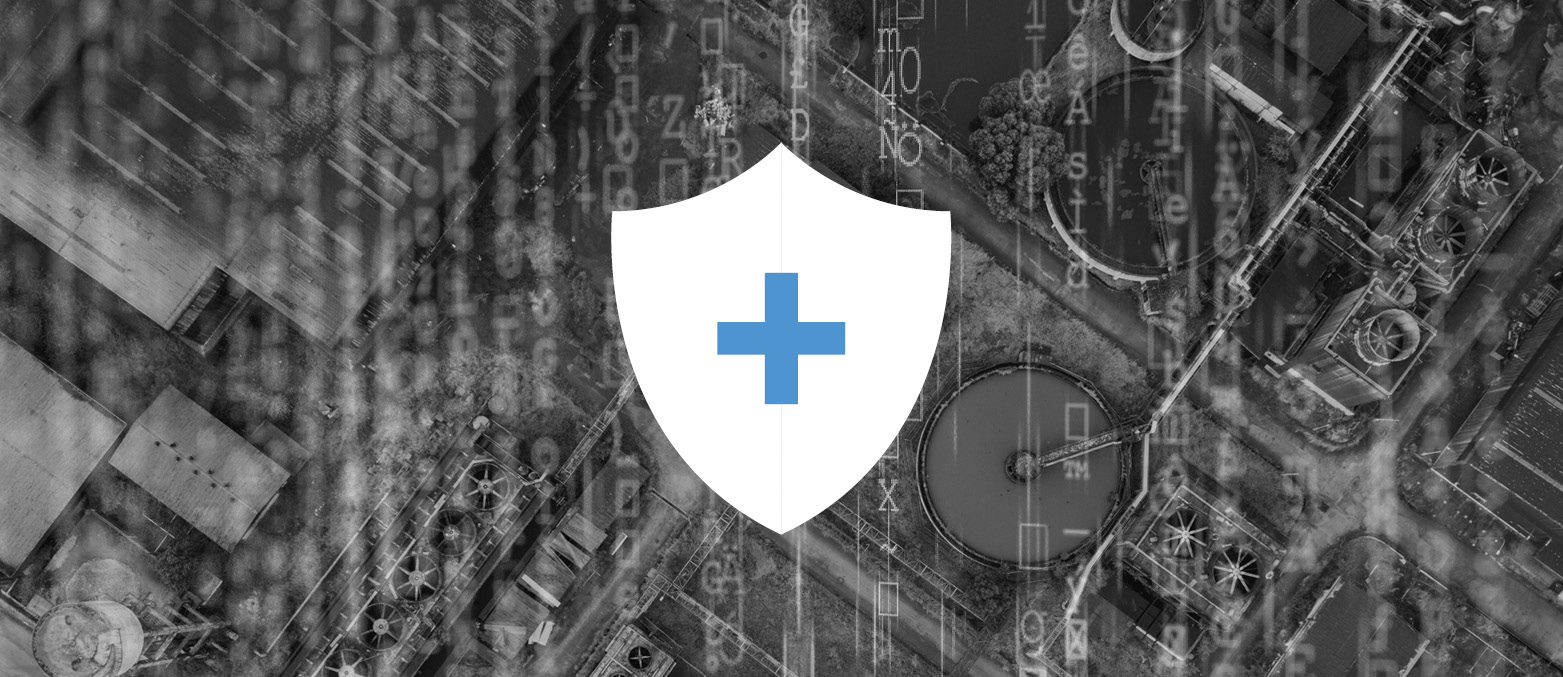You don’t know what you’ve got until it’s gone
In the Midwest, we tend to take water for granted. With eight states touching the Great Lakes, which comprise 84 percent of North America and 21 percent of the world’s surface in fresh water, it’s easy to be complacent. But even the most plentiful and clean of fresh water sources must be purified, piped, and collected, and it’s there where we falter.
The scope of the problem
The current focus on water infrastructure is the status quo, with governments spending twice as much on operating and maintaining existing systems than on capital expenditures to rehabilitate, replace or expand existing systems, or install new infrastructure. From 2007 to 2017, spending on capital improvements to drinking water, wastewater, and water resources fell by $16.9 billion, even as water utility bills rose an average of 30 percent across the United States.
The past thirty years have seen a dramatic shift in how water utilities are funded. In 1977, the federal government spent $76 per person annually on water pipe maintenance; in 2014, it was a mere $11. At present, state and municipality spending account for 95 percent of water infrastructure funding. This requires utilities to raise rates to pay for everything from algae blooms, infrastructure improvements, extreme weather, and lead pipe abatement.
These municipalities and their attendant utilities are often struggling simply to maintain the existing infrastructure as revenue loss due to population shifts and economic challenges take their toll on budgets. Census data in the Midwest reveals population growth over the past decade ranging from slow (3.8 percent in Indiana), to nearly flat (Michigan at 1 percent growth since 2010) to decreasing (1.2 percent decline since 2010 in Illinois), leading to less taxes and fees being collected. Economic downturns result in less water utility revenue collection due to declining sales as well as an increase in late payments and defaults. Finally, natural disasters as diverse as floods, droughts, and COVID-19 can have a devastating effect on revenue. The COVID-19 pandemic alone is projected to cause widespread municipality budget shortfalls, with attendant cuts in capital spending on infrastructure. As utilities and governmental entities struggle to make do with less, the focus shifts from necessary improvements and upgrades to simply, well, treading water.
Regionalization: A New Hope for Water Utilities
A strategy currently being explored by many municipalities that would enable utilities to save money while making necessary improvements to water infrastructure is water regionalization. Defined as “integration or coordination of physical, economic, informational or personnel structure of water projects,” water regionalization allows utility districts to pool resources, generate financial efficiencies, and optimize the quality of the end product. This could mean the pursuit of more ambitious improvements to existing water infrastructure.
Regionalization of water services can help address fundamental challenges of water utility and attendant municipalities, particularly in smaller communities, such as 1) fixed capital and maintenance costs are not spread over enough customers to keep individual costs reasonable; 2) small water systems often do not have financial resources to borrow funds for improvement; 3) the low number of customers limits the experience and skill of personnel each utility can hire simply due to low revenue; 4) many small water systems serve rural populations with flat population growth, leading to inability to count on future tax revenue to fund current capital improvements.
The advantages of water regionalization are many, depending upon both the type and scope of collaboration, but utilities merging functions through regionalization strategies can typically expect the following advantages:
- A larger customer base. With larger populations footing the bill of maintenance and improvements, the price per customer will be allowed to remain (or become more) sustainable, while the larger base of customers results in more reliable revenue stability.
- Resource pooling. For economies of scale when making purchases, the combined assets of collaborative utilities allow for increased opportunities for loans and grants, as well as more favorable rates for financing.
- Increased political power. Utilities with common interests and concerns can exert more political pressure as a group than they would be able on their own.
- Improved water quality. With the increased buying power and ability to receive better terms on bonds and commercial loans comes the ability of utilities to make improvements they’ve been delaying.
While regionalization holds exciting opportunities for cost reduction and infrastructure improvements, they are not right for every utility. Join us for part two of this blog series to learn about the different types of regionalization structures and considerations utilities need to make to determine the viability of regionalization.
Please contact one of our key staff below for more information on how we can assist you:
Director of Business Development, Indiana/Kentucky Regional Director
Wisconsin Regional Director
Executive Vice President, Director of Engineering









